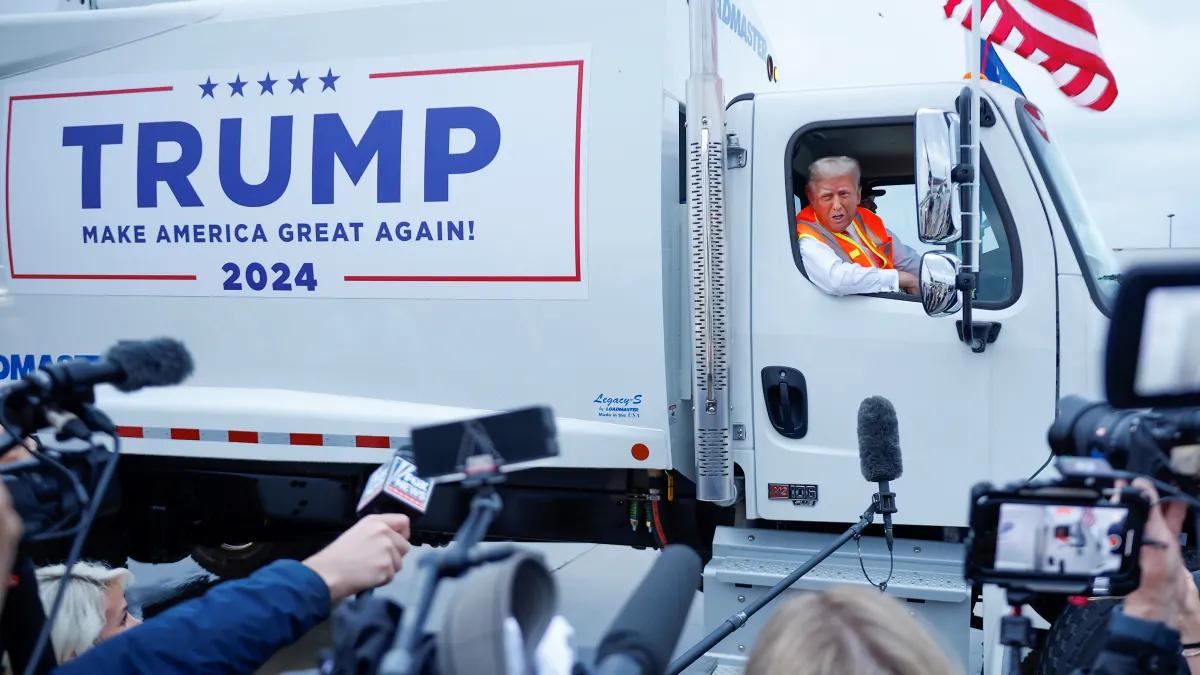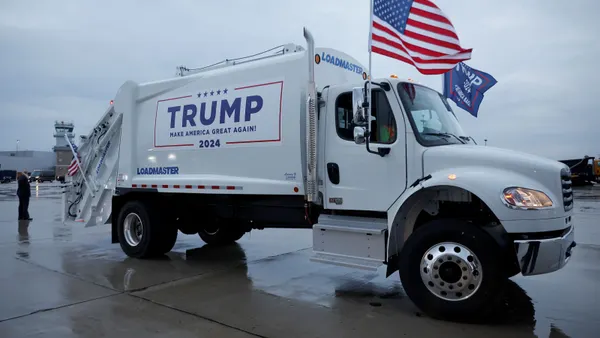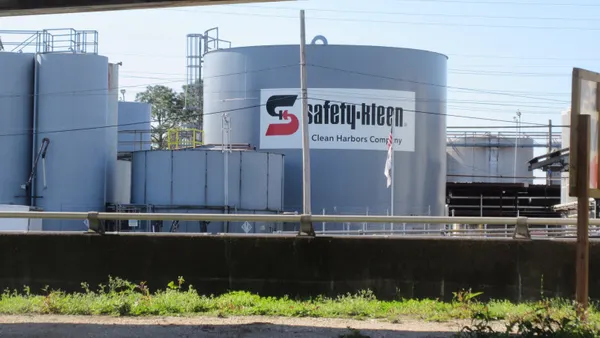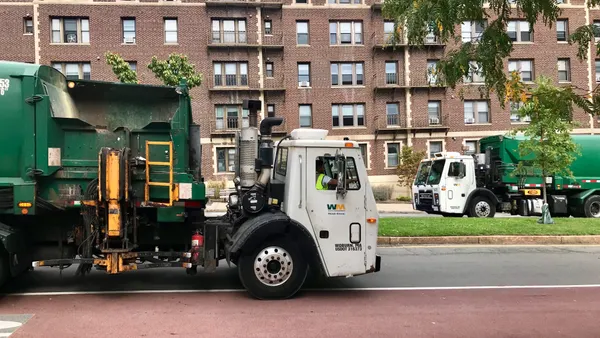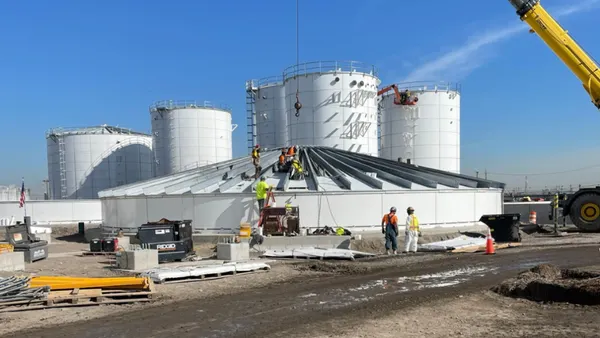Dive Brief:
- One of the principal obstacles of further development of waste to energy (WTE) facilities is the low cost of energy, SWANA Executive Director and CEO David Biderman said at the 20th Annual Congressional Renewable Energy and Energy Efficiency Expo in Washington, D.C. on July 11. "We thrive in a world of $100 a barrel fuel," he said. "At $50 a barrel, it's more difficult to compete and we've seen a 'flattening out' of new projects coming online."
- The uncertainty surrounding tax reform is a second principle obstacle, Biderman said. Waste, when separated and handled properly, qualifies under the Environmental Protection Agency's (EPA) approved pathways for renewable fuel.
- While "not in my backyard" (NIMBY) attitudes are a problem, Biderman said its especially challenging in the waste sector. He dubbed the third problem facing WTE as BANANAs, or, "build absolutely nothing anywhere near anybody." Nobody wants to live near "anything related to the waste sector," he said.
Dive Insight:
With conservative pundits calling for an end to the EPA's renewable fuel standard, an EPA administrator who appears to be unfamiliar with many waste-sector issues and the U.S. Conference of Mayors not including WTE in its renewable energy plans, it shouldn't come as a surprise that the energy from waste sector is in a period of dire uncertainty.
That uncertainty could lead to potential trouble for the WTE. Biomass contributes about 2% of total U.S. energy production and in 2015, WTE facilities contributed about 0.4% of total U.S. energy production. These numbers are small, but not insignificant — and may become more significant as coal falls out of vogue and natural gas and renewables — wind, solar and biofuel — become easier and cheaper to harness.
According to the EPA, the United States produces over 250 million tons of MSW each year. While about a third is recycled or composted, the massive amounts of waste represents a veritable gold mine for energy production between incinerators and biogas production — but with the current uncertainty over how the federal government will treat the RFS and how administration officials feel about WTE, the energy potential from MSW may be, well, wasted. One thing's for sure, though — unless concerns about odor and pollution are mitigated, it will be difficult for WTE plants to develop, putting a hard stop on the sector.



